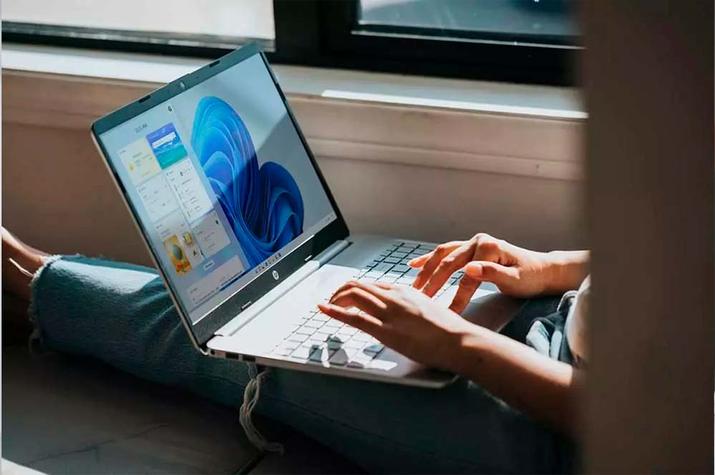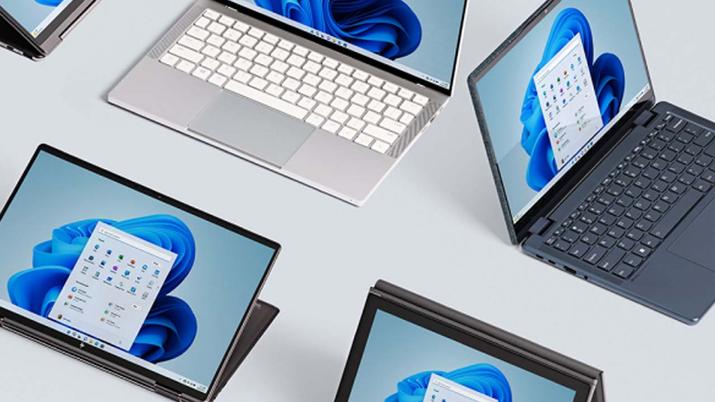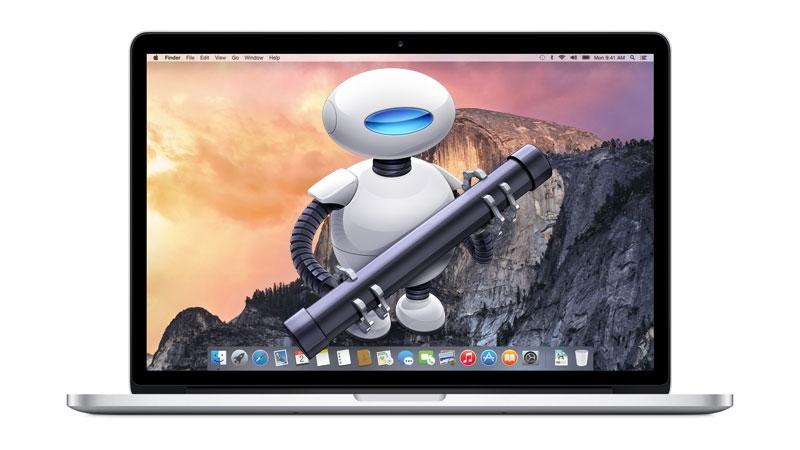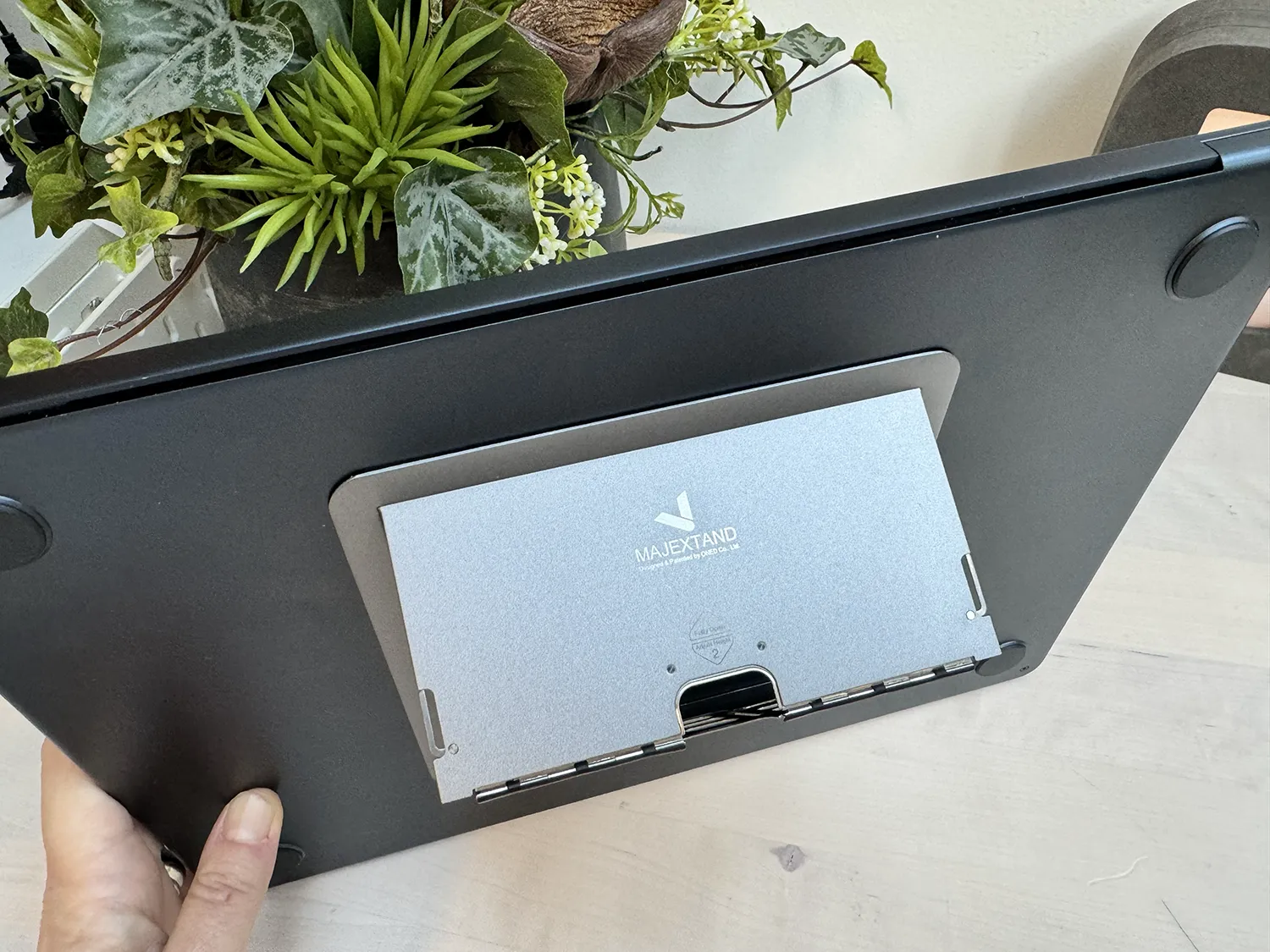Although official support had ended years ago, now Microsoft has announced that it will block the trick that allowed you to activate Windows 10 and 11 with product keys from older versions such as 7 and 8.
Official support for doing this ended in 2016 and since then Microsoft had turned a blind eye to this way of always having the most current version of Windows using an old key. They have finally decided to put an end to it.
Update your Windows for free: is it possible?
When Windows 10 was first released in 2015, Microsoft also made the operating system a free upgrade for all Windows 7 and Windows 8 users who did so within the first year of its release. After July 29, 2016, that offer expired and Windows 10 was no longer a theoretically free upgrade for these two previous versions, but that’s how it remained. In fact, it has remained this way for enough years to consider that Microsoft decided to look the other way and that the adoption of the company’s operating system was massive.
After that date, users discovered that they could still upgrade from Windows 7 and Windows 8 to W10 without needing to purchase a new product key. In fact, the method to do it was as simple as Windows 10 accepting Windows 7 and 8 keys without problems. Even more incredible, when Windows 11 arrived in 2021, those older Windows 7 and Windows 8 keys continued to work. Until now.

In a blog post, Microsoft confirms that it is closing that loophole. “Microsoft’s free upgrade offer for Windows 10/11 ended on July 29, 2016. The installation path to get the free Windows 7/8 upgrade has now also been removed. “Upgrades to Windows 11 from Windows 10 remain free.”
From now on, previous Windows 7 and Windows 8 keys will no longer activate Windows 10 or Windows 11. This change is already in effect with the latest Windows Canary preview builds, which are testing the next major version of the Windows client to come out next year.
At the moment, these older keys still activate production versions of Windows 11, but it’s unclear how long they will remain. Microsoft says Windows 10 product keys will still be able to activate Windows 11, as long as you’re using Windows 11 on an eligible PC that officially supports the newer operating system.
Requirements to go from Windows 10 to Windows 11
As we say, the jump to the newest operating system would still be possible at no additional cost, but only from Windows 10, leaving out the previous versions that at the time gave free access to it, in what seemed like an endless loop of free upgrades.
“To upgrade to Windows 11, devices must meet the Windows 11 minimum system requirements. Some Windows 10 features are not available in Windows 11. System requirements to experience some Windows 11 features and apps will exceed the minimum requirements of the Windows 11″ system.

- Processors/CPU: 1 Ghz or faster with 2 or more cores and appearing on our list of Approved CPUs.
- RAM: 4GB
- Storage: 64 GB or larger storage device.
- System Firmware: UEFI (for Unified Extensible Firmware Interface, a modern version of the PC BIOS) and secure boot.
- TPM: Trusted Platform Module version 2.0. A TPM chip is a secure cryptographic processor designed to carry out cryptographic operations.
- Graphic card: Compatible with DirectX 12 or later with WDDM 2.0 driver.
- Screen: high definition (720p) larger than 9″ diagonally, 8 bits per color channel.
- Internet connectivity and Microsoft accounts: Windows 11 requires internet connectivity and a Microsoft account to complete device setup on first use.
- The device must be running Windows 10, version 2004 or later, to upgrade to Windows 11.














